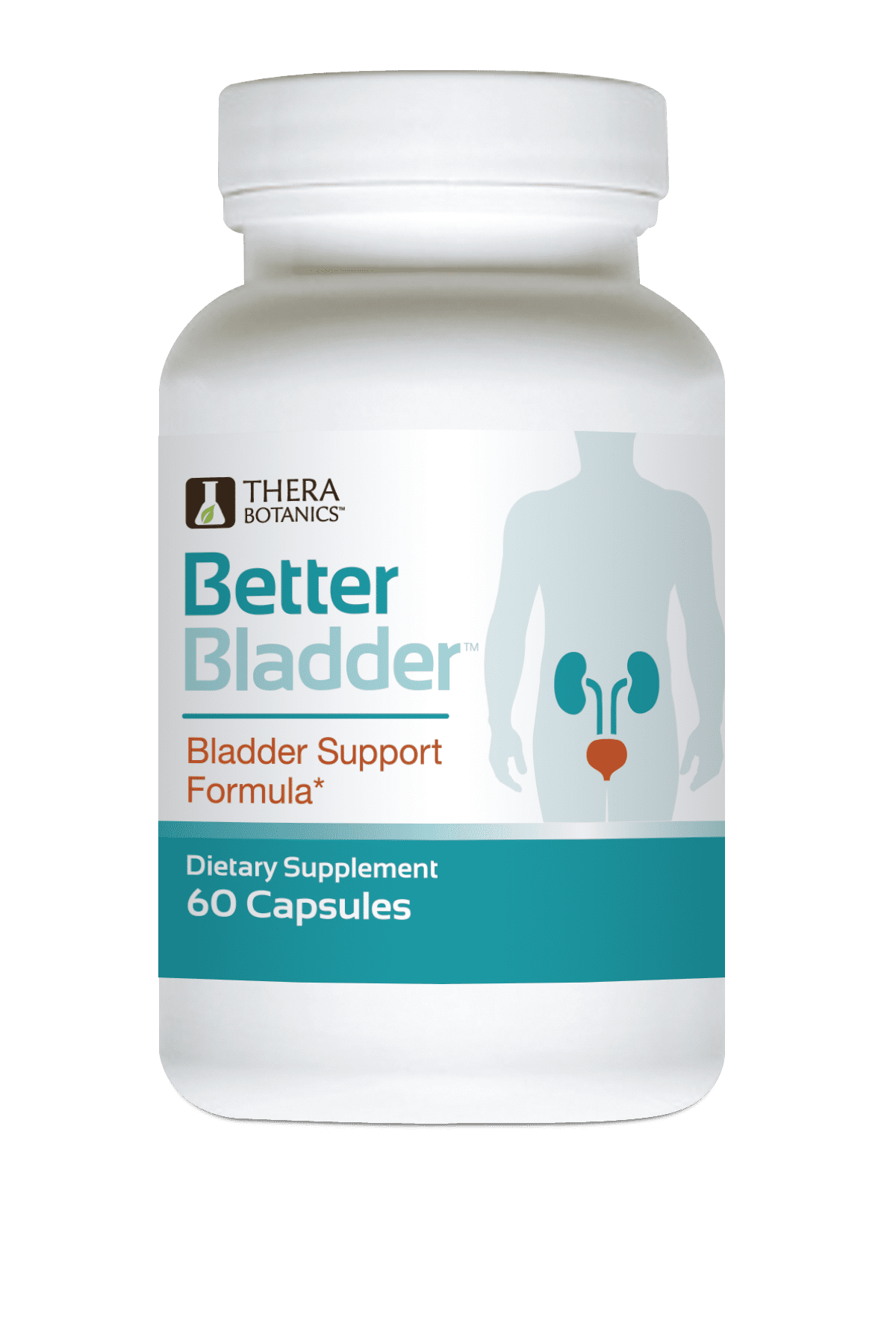
September 10, 2024
Menopause And Urinary Incontinence
Stress Incontinence: Reasons, Signs And Symptoms And Therapy Ladies because of the anatomy, social and social are much more vulnerable to this disease [3] Urinary urinary incontinence is the uncontrolled loss of urine which is objectively demonstrable and is a social and illness [4] The urinary incontinence that occurs in different forms, including the serious type of everyday attacks a whole lot, approximately 1 to a number of times a week in the sweating, the slight i.e. drop exuding once a week or monthly. Anxiety Urinary Urinary incontinence is a common issue that in women its occurrence is 10% to 58.4% and most recently, with increasing survival, its incidence has enhanced [5] Females with extreme inherent sphincter deficiency do not constantly have the usual urethral hypermobility during a Valsalva maneuver. This results in so-called lead pipe urethra, where the urethra remains open at rest.Topical Estrogen Therapy
Many women report urinary incontinence during pregnancy and postpartum. Mindful background taking can commonly establish the professional kind( s) of incontinence, yet not always the cause. Imipramine, a tricyclic antidepressant with anticholinergic and alpha-agonist actions has actually been used with some success for some pets with urinary incontinence. The pubocervicovesical or former endopelvic connective tissue in the location of the bladder neck is affixed to the rear of the pubic bone, the arcus tendineus fascia pelvis, and the perineal membrane layer. The pubourethral tendons also put on hold the middle section of the urethra to the rear of the pubic bone. Due to the fact that the bladder neck and proximal urethra vacate the hips, extra stress is sent to the bladder.Why do I leak urine after my period?
- Hormones impact hair's natural cycle and structure.Skin problems.Sex-related symptoms.Weight changes.Mood and sleep issues.Digestive distress. Hormone control or birth control medication.Hormone substitute medications.Anti-androgen medications.Vaginal estrogen.Clomiphene and letrozole.Assisted reproductive
- technology.Metformin.Levothyroxine. Antidiuretic hormonal agent('ADH)is a chemical produced in the brain that triggers the kidneys to launch less water, decreasing the amount of pee created. A high ADH level creates the body to generate much less pee.
Estrogen
Abdominal, pelvic, and rectal assessments help identify enlarged bladder, structural distortions of pelvic organs, augmentation of prostate, impaction of feces. Comparison studies, as required, consisting of pneumocystogram (just in the absence of hematuria), comparison urethrogram, and purgative urogram (likewise called intravenous pyelogram). The frontoparietal electric motor cortex tasks to the brainstem reticular formation centers for micturition, which are accountable for storage space and evacuation of urine. Sensory nerve cells have stretch receptors in the bladder wall that pass on information through ascending spinal cord tracts to the brainstem and somesthetic cortex of the frontoparietal lobes. This path is the basis for the assumption of a complete bladder. Your hormonal agents (estrogen specifically) modification throughout menopause and this can change your bladder control. Early unrestrained instance series analyses suggested a benefit of estrogen, in numerous forms, on urinary tract signs and symptoms and urodynamic findings. For a number of decades, estrogen has actually been 1 of several treatments for UIin ladies. Coexistent symptoms, includingurinary frequency, seriousness, UI, and reoccurring urinary system system infections, werethought to be related to atrophy of the urinary system system. Due to the fact that MHT has a beneficialeffect on vaginal mucosa, in particular in boosting signs and symptoms of atrophicvaginitis,26 medical professionals suggested that MHTmight additionally boost UI.- A person must talk with a medical professional if they have any kind of problems they may have reduced estrogen or if they are experiencing bladder symptoms.
- Later on, detrusor hyperreflexia normally is discovered upon urodynamic assessment.
- This enhanced rate of interest is arising amongst fundamental scientists, professional scientists, and medical professionals.
- This can increase the risk of infection and pain when passing urine.


Social Links